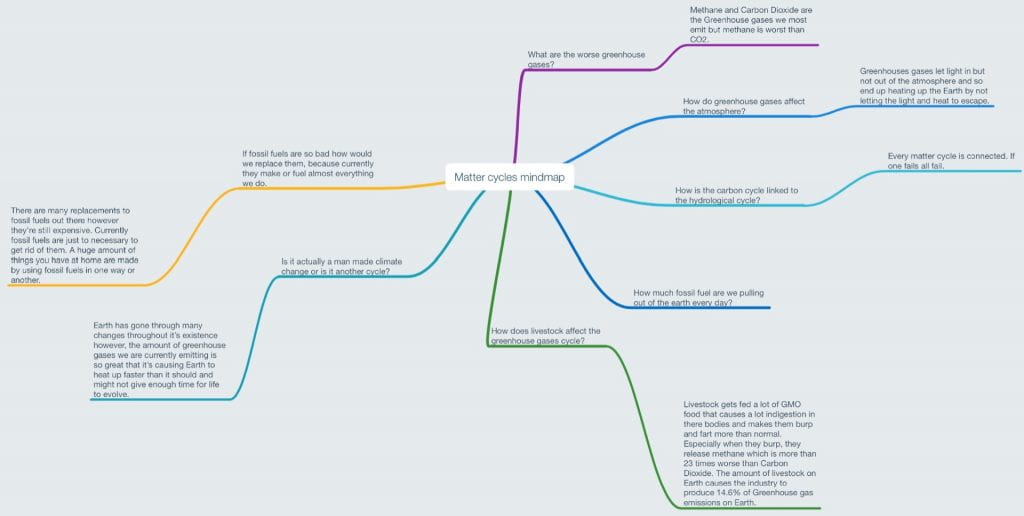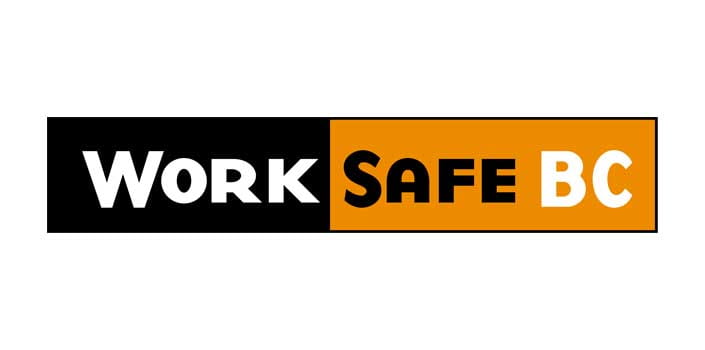Hello again, you are now reading another science post.
We just finished a project about mitosis and asexual reproduction. So I got to clone plants with my partner Jason Guan. We initially started off with some dandelions and then we did some garlic.
Mindmap:
Well of course there’s the mindmap, that’s always there.
Project:
We started off the project with a bit of planning.
Then we went and picked out some dandelions. Jason and I made sure to grab the biggest and healthiest ones we could find but it didn’t end up being much use because none of our 12 dandelions broke the surface and we only had like 2-3 or three that started growing.
However to get there we went through several steps. Obviously first went to pick the dandelions, but the most important thing was to grab as much of the root as we could. We then cut the roots into about 1inch pieces and put them into cups with dirt. We then watered them every day in hope that they would grow but not enough time.
We then tried to clone some garlic which turned way better, although I was away for a few classes in that time. When I came back we had some garlic pods. And some pretty good ones at that.
After we grew them, we prepared some wetmount slides to look at our garlic through a microscope and actually see the mitosis happening.
We also made a keynote on all the steps to making fro preparing the slide. Below is two of the phases of mitosis we found through the microscope.
Curricular Competencies:
Planning and conducting:
Collaboratively and individually plan, select, and use appropriate investigation methods including field work and lab experiments to collect reliable data (qualitative and quantitative). We decided to clone some garlic which turned out to be a very healthy specimen. We did almost the exact same procedure we had with the dandelions but they grew a lot better.
Evaluating:
Connect scientific explorations to careers in science. Throughout the unit we thought like scientists by making a hypothesis gathering materials, designing procedures to test our hypothesis and drawings a conclusion from what we had done.
Communicating:
Formulate physical or mental theoretical models to describe a phenomenon. We made a document that showed all the stages of mitosis in our garlic and compared them to some drawing of the stages of mitosis and pointing out the similarities.
Questioning and predicting:
Make observations aimed at identifying their own questions, including increasingly complex ones, about the natural world. Our initial little project toi clone dandelions wasn’t as successful as our garlic. Although we did get one that was starting to re grow.
Well that’s the end of this post. See you soon.
























